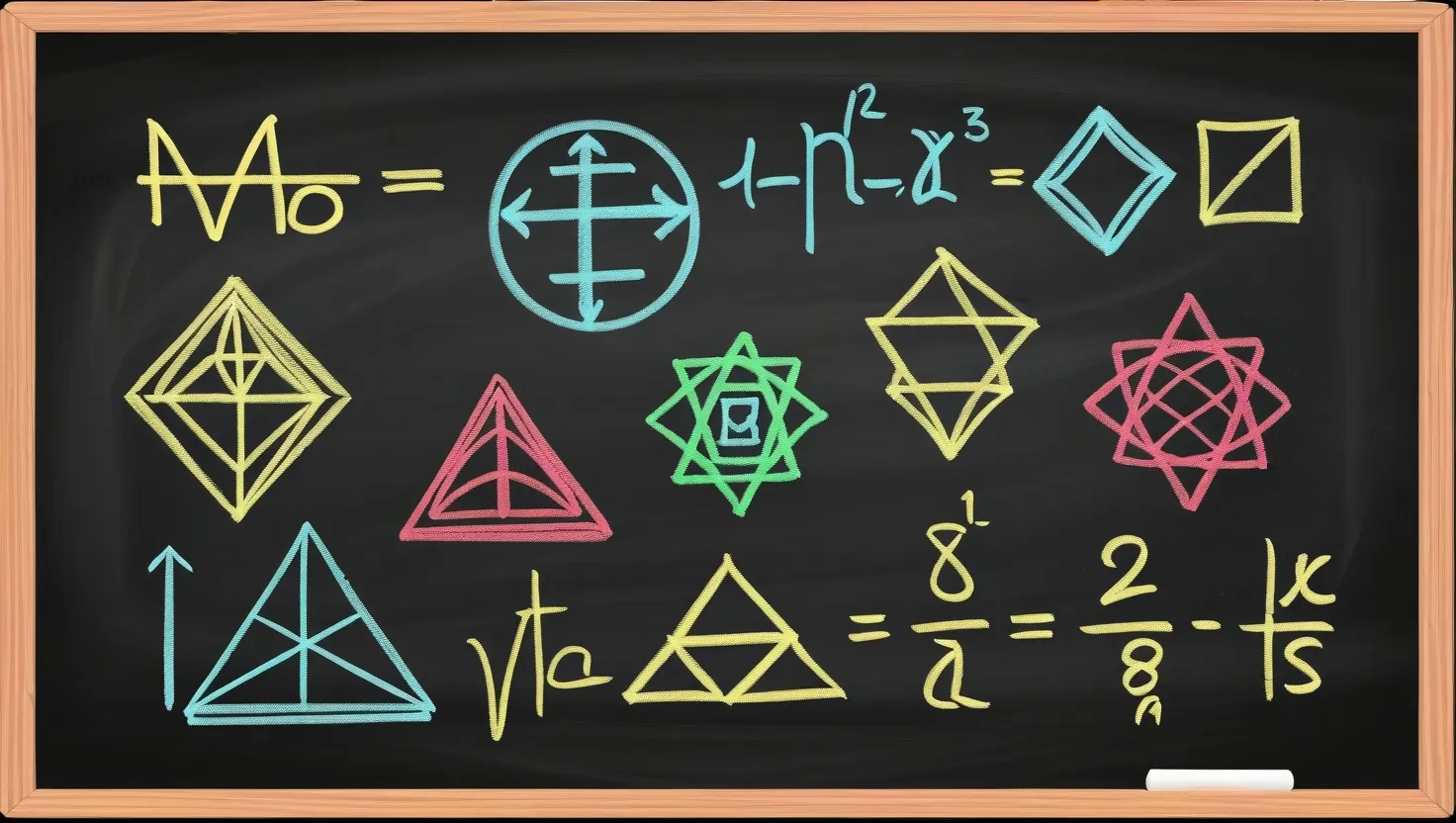In the vast and intricate world of mathematics, there exists a system that has been garnering significant attention for its simplicity, coherence, and efficiency – Vedic Mathematics. This ancient Indian system, rediscovered in the early 20th century, offers a fresh and innovative approach to mathematical calculations that is both fascinating and practical.
Vedic Mathematics was unearthed by Sri Bharati Krishna Tirthaji between 1911 and 1918 from the Vedas, ancient Indian scriptures. Tirthaji, a scholar in Sanskrit, mathematics, history, and philosophy, claimed to have found a cohesive mathematical system hidden within these texts. Although some argue that these methods might not be directly extracted from the Vedas but rather invented by Tirthaji himself, the impact of Vedic Mathematics on modern mathematical education and problem-solving is undeniable.
At the heart of Vedic Mathematics are 16 sutras (word-formulae) and 13 sub-sutras. These sutras are not just formulas but mental processes that describe how the brain naturally works. They provide a unified and systematic approach to mathematics, making it easy, enjoyable, and highly efficient. For instance, the “Vertically and Crosswise” sutra simplifies multiplication by breaking it down into manageable steps that can be performed mentally. This method is particularly useful for multiplying large numbers quickly and accurately.
One of the most striking features of Vedic Mathematics is its ability to solve complex problems with remarkable speed and accuracy. Techniques like “Ekadhikena Purvena” and “Urdhva-Tiryagbhyam” enable users to perform multiplications and divisions in a single line, skipping numerous steps required in traditional methods. For example, calculating the product of 32 and 24 using the “Ekadhikena Purvena” sutra involves a series of simple mental steps that yield the result 768 swiftly and accurately.
The simplicity and coherence of Vedic Mathematics make it an attractive alternative to traditional mathematical methods. It encourages creativity and innovation by allowing students to invent their own methods rather than adhering to a single “correct” approach. This flexibility fosters a more engaging and enjoyable learning experience, making mathematics accessible and fun for students of all ages.
In recent years, Vedic Mathematics has been gaining popularity in educational circles. Teachers and educators are increasingly recognizing its potential to enhance computational thinking and problem-solving skills. Research is being conducted to explore the effects of learning Vedic Mathematics on children, with promising results indicating improved concentration, motivation, and overall mathematical proficiency.
Beyond its educational applications, Vedic Mathematics also has significant implications for modern technology and algorithm design. The speed and efficiency of Vedic methods can be particularly beneficial in fields like computing and data analysis, where rapid and accurate calculations are crucial. For instance, the “Nikhilam Sutra” can be used for fast division, a technique that could be integrated into algorithms to enhance computational efficiency.
However, the historical authenticity of Vedic Mathematics remains a topic of debate. While Tirthaji claimed to have derived these methods from the Vedas, many scholars argue that these techniques were likely invented by him based on his extensive knowledge of mathematics and ancient Indian texts. Regardless of its origins, the effectiveness and utility of Vedic Mathematics are well-documented and widely acknowledged.
In the digital age, where algorithms and computational speed are paramount, Vedic Mathematics offers a unique perspective. It challenges the conventional approaches to mathematics education by providing an alternative that is both ancient and modern. By mastering Vedic Mathematics, individuals can develop a deeper understanding of numbers and enhance their mental calculation abilities, making them more adept in a variety of mathematical disciplines.
The holistic approach of Vedic Mathematics extends beyond mere problem-solving; it stimulates the mind and sharpens cognitive abilities. It promotes a balanced and coherent way of thinking, which is essential for tackling complex mathematical problems. This system is not just about solving arithmetic operations quickly; it is about fostering a deeper appreciation and understanding of mathematics.
As interest in Vedic Mathematics continues to grow, it is clear that this ancient system has much to offer in the modern world. Whether you are a student looking to improve your mathematical skills, a teacher seeking innovative teaching methods, or a professional aiming to enhance your computational abilities, Vedic Mathematics provides a powerful and efficient tool. By embracing this system, we can not only streamline our calculations but also cultivate a more profound and enjoyable relationship with mathematics.
In conclusion, Vedic Mathematics is more than just a set of shortcuts for mathematical calculations; it is a comprehensive system that integrates ancient wisdom with modern practicality. As we continue to explore and apply these techniques, we may find that the ancient shortcuts of Vedic Mathematics hold the key to unlocking new efficiencies and innovations in the world of mathematics and beyond.






